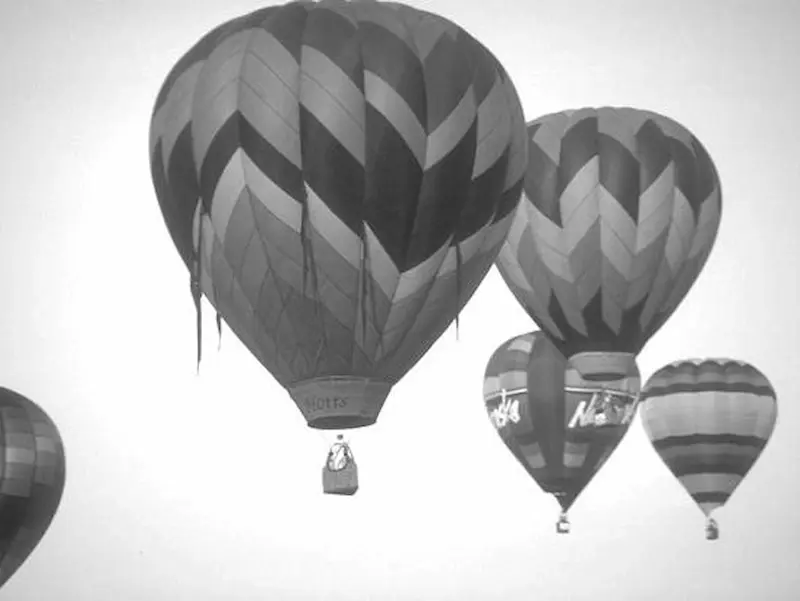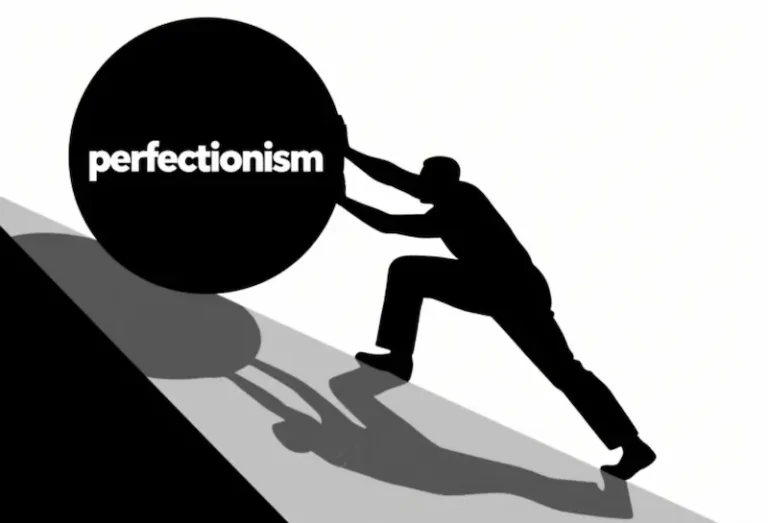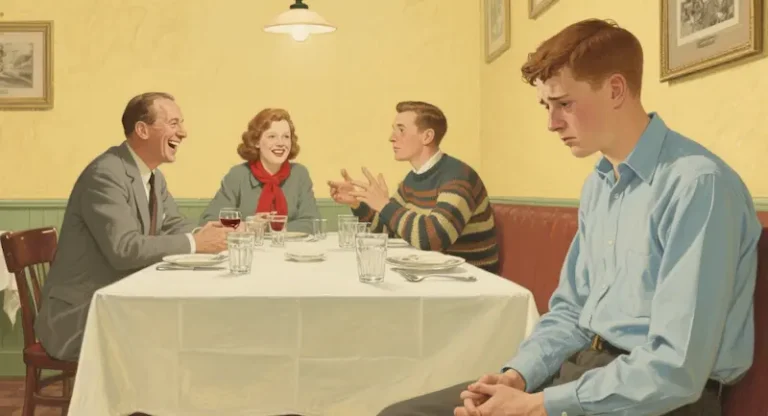Interposition in Psychology: Definition, Examples, and AP Psychology Explanation

Table of Contents
Introduction: How We Perceive Depth and Distance
Have you ever looked at a photograph and instantly known which objects are closer and which are farther away, even though the image is completely flat? This remarkable ability is thanks to depth perception — the brain’s capacity to interpret spatial relationships in the visual world.
One of the key depth cues that make this possible is interposition. In psychology, interposition (sometimes called overlap) refers to how our minds interpret the position of objects when one appears to block or cover part of another. The object doing the blocking is perceived as closer, while the covered object appears farther away.
This concept, known as interposition psychology, plays a vital role in how humans understand space, distance, and the three-dimensional world — even when only one eye is used. Let’s explore what interposition means in psychology, its importance in AP Psychology, and how it operates in real life.
What Is Interposition in Psychology?
Definition
In psychology, interposition refers to a monocular depth cue — that is, a visual signal that can be perceived with just one eye. It occurs when one object partially obscures another, leading the observer to perceive the covered object as being farther away.
In simple terms, if one thing overlaps another, we assume the overlapped one is behind it.
Define interposition in psychology:
Interposition in psychology is the process by which the human brain perceives depth and distance based on overlapping visual information.
This perceptual principle allows us to understand relative positions of objects without needing binocular vision (which uses both eyes).
In AP Psychology and general perceptual psychology, interposition is also described as a pictorial cue or monocular cue for depth perception.
The Psychology Behind Interposition
How the Brain Interprets Overlap
From a cognitive psychology perspective, interposition is an automatic visual process — part of our perceptual organization system. The visual cortex integrates two-dimensional retinal images into a coherent 3D perception.
When two objects project onto the retina and one image interrupts or “cuts off” the contour of the other, the brain interprets this as one object being in front of the other.
This phenomenon — called interpositioning psychology or sometimes informally interpostion psychology — demonstrates the brain’s ability to infer depth from minimal visual input.
Interposition is particularly interesting in developmental psychology, as even infants can use overlapping shapes to detect which object is closer, suggesting that this ability develops early in human visual cognition.
The History and Origins of Interposition in Psychology
The concept of interposition in psychology did not appear suddenly; it emerged from centuries of study on visual perception and depth cues. Understanding how humans perceive depth has fascinated philosophers, artists, and scientists for over two thousand years.
1. Early Philosophical Roots
As early as Aristotle (4th century BCE), scholars wondered how people could perceive depth on a flat surface. Ancient Greek thinkers observed that when one object partially covered another, the human mind naturally understood which one was closer — an early recognition of what we now call interposition psychology.
During the Renaissance, artists like Leonardo da Vinci and Filippo Brunelleschi systematized this principle in painting. They used overlapping figures and linear perspective to simulate depth on a two-dimensional canvas. Although not formally psychological, this was the first practical application of interpositioning psychology in art and design.
2. The Birth of Scientific Study
By the late 19th century, as psychology became an experimental science, researchers such as Hermann von Helmholtz and Wilhelm Wundt began analyzing how the visual system interprets distance and spatial relationships. Helmholtz’s theories on unconscious inference suggested that the brain automatically uses overlapping visual information (interposition) to estimate depth — even when physical distance cannot be directly measured.
In the early 20th century, the Gestalt psychologists (including Max Wertheimer, Kurt Koffka, and Wolfgang Köhler) explored how humans perceive whole patterns rather than isolated parts. Their studies on figure-ground relationships and perceptual organization offered a theoretical foundation for interpostion psychology as part of the broader laws of perception.
They argued that the human mind organizes stimuli based on cues like overlap, continuity, and proximity — making interposition one of the most reliable visual shortcuts for depth.
3. Modern Cognitive and Neuroscientific Perspectives
In the 20th and 21st centuries, advances in neuroscience and cognitive psychology provided biological explanations for this perceptual cue. Modern research using fMRI scans has shown that specific areas of the visual cortex (V1–V5) activate when interpreting overlapping objects. This supports the idea that interpositioning psychology is not just a learned behavior but a built-in neural process.
Today, interposition psychology continues to influence diverse fields such as virtual reality, AI visual recognition, and developmental psychology. Whether in an infant recognizing toy positions or a computer vision model identifying layered images, the principle remains the same: overlap means depth.
Interposition in AP Psychology: A Student-Friendly Definition
In AP Psychology, students often learn interposition as part of the unit on sensation and perception. The AP Psychology definition is straightforward:
Interposition (Overlap) — a monocular cue for depth perception in which one object partially blocks another, indicating that the blocked object is farther away.
When preparing for the AP exam, remember: interposition does not rely on two eyes (unlike binocular cues like retinal disparity). It’s one of several monocular cues, along with:
- Linear perspective
- Relative size
- Texture gradient
- Light and shadow
So when you see interposition AP Psychology definition questions, they’re usually testing whether you understand this simple but powerful perceptual rule.
Real-Life Examples of Interposition in Psychology
Interposition is everywhere in daily life. Here are a few examples of interposition psychology in action:
- A Tree Blocking a House:
When a tree trunk overlaps part of a house, we immediately perceive the tree as being in front of the house. This is a perfect interposition psychology example. - Crowded Street Scene:
People walking in front of others appear closer. Even in a 2D photo, we instinctively read overlapping bodies as spatially layered. - Art and Painting:
Artists use interpositioning psychology techniques to create an illusion of depth. Renaissance painters like Leonardo da Vinci overlapped objects to suggest distance on a flat canvas. - Photography and Film:
Cinematographers often arrange shots so that foreground objects overlap the background, adding realism and visual depth. - User Interface Design:
In digital design, overlapping windows or buttons use interposition cues to signal hierarchy and focus.
These real-world illustrations show that psychology interposition principles apply far beyond textbooks — they shape how we experience reality itself.
Interposition vs. Other Depth Cues
Although interposition is a powerful cue, it’s just one among several monocular depth cues. Understanding the differences helps clarify its unique role.
| Depth Cue | Description | Example |
|---|---|---|
| Interposition | One object overlaps another, the overlapped appears farther | A chair in front of a table |
| Linear Perspective | Parallel lines appear to converge at a distance | Railroad tracks meeting at the horizon |
| Relative Size | Smaller objects are seen as farther away | Distant cars look tiny |
| Texture Gradient | Textures become denser with distance | Grass looks smoother far away |
| Motion Parallax | Closer objects move faster across your field of view | Trees whiz by when driving |
Thus, while interposition psychology helps us infer which object is in front, other cues complement it to form a full 3D perceptual world.
Applications of Interposition in Daily Life and Design
Interposition isn’t just theoretical — it has real applications in various fields:
1. Visual Arts and Photography
Artists deliberately use overlapping forms to create illusions of space. This interposition in psychology principle allows a flat painting to look three-dimensional.
2. Film and Animation
Animators use interposition to emphasize which characters are in the foreground and which are in the background, helping the viewer follow the story.
3. Virtual Reality (VR) and Augmented Reality (AR)
Modern VR systems use interposition depth cues to simulate realistic environments, helping users feel immersed even when using monocular screens.
4. Artificial Intelligence (AI) and Machine Vision
In computer vision, AI models mimic interposition psychology to detect object hierarchy and spatial relationships in images.
5. Everyday Perception
From driving to sports to simple object recognition, our brains constantly rely on interpositioning psychology to navigate the world accurately.
Common Misconceptions About Interposition
Despite being intuitive, several misunderstandings exist about interposition in psychology:
- Misconception 1: Interposition requires both eyes.
→ False. It’s a monocular cue, detectable with just one eye. - Misconception 2: Interposition is the same as linear perspective.
→ False. Linear perspective depends on parallel lines converging; interposition depends on overlap. - Misconception 3: Overlap always means depth.
→ Not necessarily. Without context (like lighting and size), overlap alone can be ambiguous. - Misconception 4: Interposition is only used in art.
→ Wrong. It’s a fundamental visual processing mechanism of the human brain.
Understanding these distinctions ensures you use interpostion psychology accurately in both academic and real-world contexts.
FAQ: Interposition Psychology Explained
1. What is interposition psychology?
Interposition psychology refers to how we perceive depth when one object blocks part of another. The blocking object appears closer, and the covered object appears farther away.
2. What is interposition in psychology?
It’s a monocular depth cue — a way of perceiving depth with one eye, based on overlapping visual information.
3. What is the interposition AP Psychology definition?
In AP Psychology, interposition (also called overlap) is a monocular cue indicating that overlapping objects are at different distances.
4. What is an example of interposition psychology?
If a person stands in front of a car and blocks part of it, you automatically perceive the person as being closer. This is an everyday example of interposition in psychology.
5. Is interposition monocular or binocular?
It’s monocular, meaning it works even when viewing with one eye.
6. What is interpositioning psychology?
It’s another way to describe the same principle — how overlapping shapes influence depth perception in psychology interposition studies.
Conclusion: Why Interposition Matters in Understanding Human Perception
Interposition psychology is one of the simplest yet most powerful insights into how the human mind builds a 3D world from 2D images.
By recognizing when one object covers another, our brains instantly interpret distance, layering, and spatial order — without conscious effort.
Whether you’re studying interposition AP Psychology definition for an exam, analyzing interpositioning psychology in art, or exploring interpostion psychology in visual cognition research, this concept underscores a fascinating truth:
Our perception of depth is not just about what we see — it’s about how our minds organize what’s seen.







thanks for info.